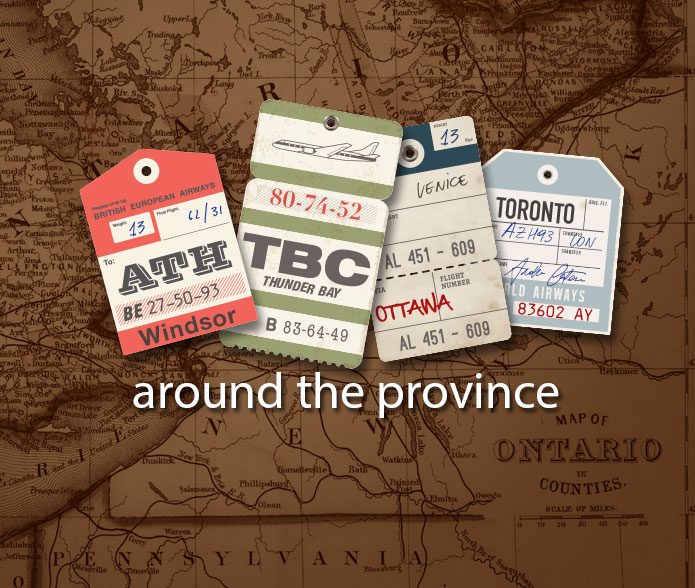Can mentorship help you in a career transition? Toby explores this as he recounts his decision to walk away from a tenure-track faculty position to become a librarian. Through OLA MentorMatch, he met with Jennifer Peters who helped him find where to focus on his job search.
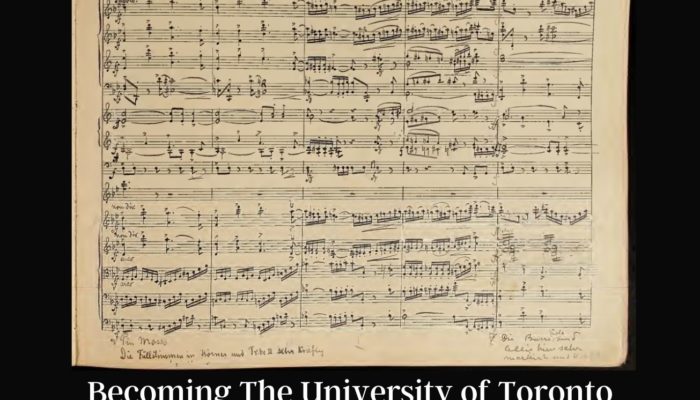
Introduction
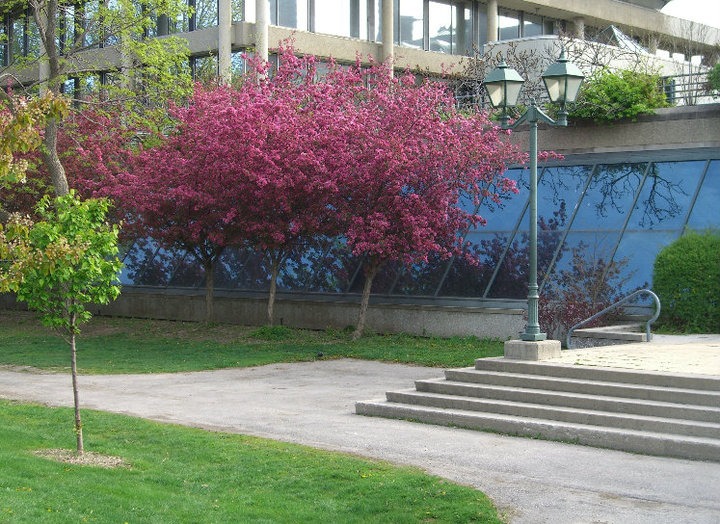
In 1921, the Faculty of Music at the University of Toronto (which was established in 1918) took over the operation of what was then the Toronto Conservatory of Music’s library. This year marks our 100th anniversary, and we are grateful to the editors of Open Shelf for the opportunity to document our history, current state and special collections in a series of articles over the coming months. This month, we will introduce the Music Library as it stands today.
The Music Library at the University of Toronto is located on the St. George (downtown) campus, inside the Edward Johnson Building (EJB) which houses the Faculty of Music. The EJB is situated inside the triangle created by the Royal Ontario Museum, the Faculty of Law, and Trinity College.
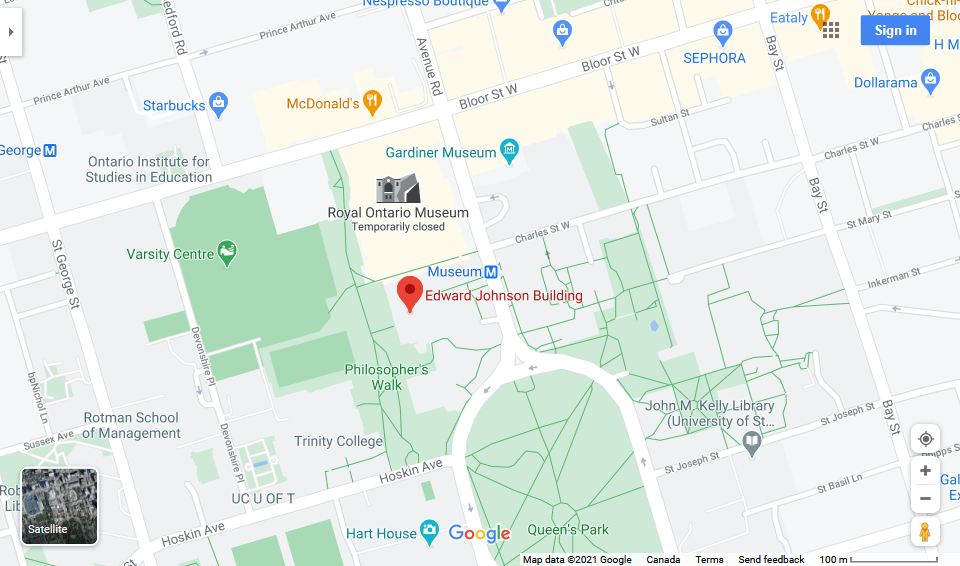
The Library occupies two below-grade levels of the EJB, and we are fortunate to face Philosopher’s Walk, a quiet path that is popular with walkers and joggers. In springtime, library staff and users can enjoy views of the famed blossoms on the cherry trees that line this peaceful walkway.
We support the curriculum and research needs of our faculty, staff, and students, and we preserve the musical history of the University and the local community. Ours is the largest music research collection in Canada, with over 350,000 monographs, periodicals and music scores, 200,000+ sound recordings in all formats from wax cylinder to CD, the Olnick Rare Book Room which contains over 2,600 rare items, and hundreds of linear metres of archival collections. Like other types of libraries, the Music Library also has a large collection of e-resources, from e-books and e-journals to streaming audio/video and electronic music scores. To build and maintain these collections, we have a relatively large staff of four professional librarians, an archivist, six library technicians and a dozen student assistants during the academic year.
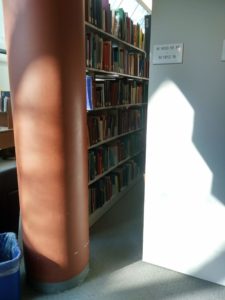

We moved into our current two-storey space in 1990, and, thanks to a healthy acquisitions budget, our collection exceeds our shelf capacity. In fact, our aisles are so narrow they are not compliant with modern accessibility standards. The crowded stacks are so dark that it’s difficult to read call numbers in many areas. To make room for every new item we purchase, another item must be moved to the University of Toronto Libraries’ off-site, high-density storage facility, UTL @ Downsview. We are living with a legacy decision that sees all newly-purchased music scores sent straight to Downsview. This decision was made to overcome a backlog in the binding and preservation department; new scores get catalogued and sent straight to Downsview prior to being bound. Then, once a patron requests the item, it circulates unbound to that person, then gets routed to the bindery and transferred to the music library. The unfortunate consequence of this decision is that there are very few music scores on-site with publication dates after 2000. Since our patrons often browse our stacks to discover new music to play, this apparent lack of contemporary music causes confusion.

Approximately one-third of our circulating and archival collections are housed at Downsview. With its state-of-the-art climate control, well-documented barcoding and retrieval system, and daily deliveries to the St. George campus, Downsview is a wonderful solution to U of T Libraries’ space concerns. However, we want to ensure we are sending the most appropriate materials to Downsview and keeping the most relevant materials on-site. To that end, music library staff have embarked on a large-scale collection assessment. Together with five peer institutions, we are holding a Music Collection Assessment Summit (April 21-23, 2021) to share our work with each other and with interested viewers. All are welcome
In subsequent issues of Open Shelf throughout 2021, we will discuss each of our special collections in more depth and outline some of the unique challenges that face music libraries (e.g. cataloguing, collection development, and binding/preservation). The next issue will feature a look back at our 100 year history. In the meantime, be sure to follow us on Instagram @uoftmusiclib as our expert staff take turns highlighting an item for each of our 100 years from our collections.
Janneka (Jan) Guise is the Director of the Music Library at the University of Toronto. Prior to joining the U of T in 2017 she was Head of the Eckhardt-Gramatté Music Library at the University of Manitoba for 10 years. She has also worked in academic libraries in Newfoundland and Labrador, Alberta, and Kansas. Jan has served on the Board of the Canadian Association of Music Libraries, Archives, and Documentation Centres (CAML) in several capacities and was President from 2011-2013. She currently serves as Treasurer on the OLA Board and is a co-Lead Editor for the open access journal CAML Review.
